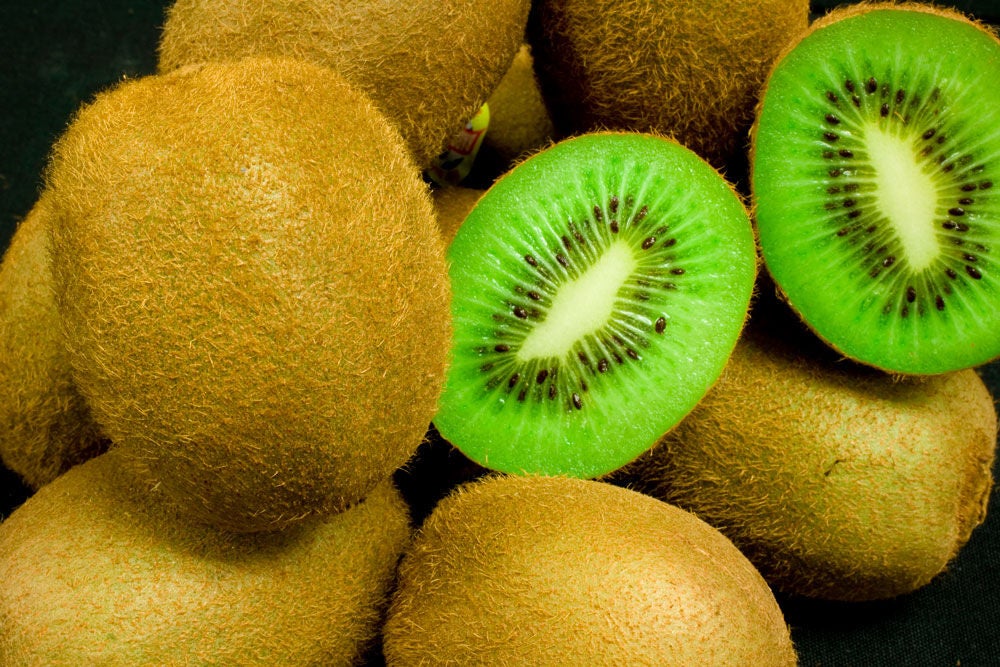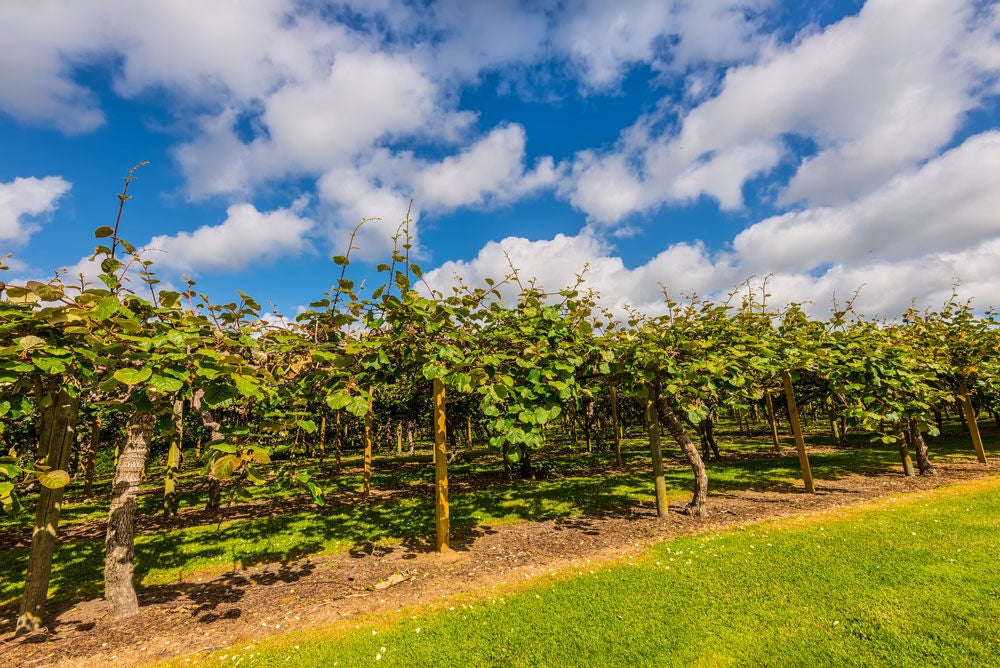Horticultural investment an appealing pastoral option.

Typically when investors think about horticulture as an option they will cast their eyes up to Northland for avocados, across to Bay of Plenty for kiwifruit, and possibly to Hawke’s Bay for apple orchards.
But continuing strong demand for horticultural crops and increasing pressure on land prices and availability for greenfield orchard plantings mean other areas, not typically associated with horticulture, are starting to present opportunities. One of these includes Waikato, more known for its green pasture than Green kiwifruit, but is now home to almost 600ha or 4% of the country’s national kiwifruit crop.
Two thirds of the Waikato area is in Green and a third is in SunGold. Since being commercialised in the wake of a Psa outbreak in 2010 the industry has been surprised at the adaptability of SunGold.
The fruit has surprised growers and orchard managers with its heavy fruiting capability, and capacity to grow well beyond traditional kiwifruit growing areas.
As farmers consider options to reduce their nutrient footprint under new regional controls like Waikato’s Healthy Rivers, crops like kiwifruit could provide a high-value, low-nutrient footprint option without requiring an entire farm land use change.
As farmers consider options to reduce their nutrient footprint under new regional controls like Waikato’s Healthy Rivers, crops like kiwifruit could provide a high-value, low-nutrient footprint option without requiring an entire farm land use change.
Bayleys Waikato general manager Mark Dawe said he and his colleagues have witnessed strong interest in land uses beyond the usual pastoral models recently, including the successful sale of a dairy unit that incorporated a kiwifruit orchard.
“Interest in that property came from traditional farmers interested in having that diversity of income flow that the kiwifruit bought with it with the buyer purchasing the entire operation.”
He noted the value of the Green orchard on the property was only 10-15% below premium Bay of Plenty values.
Over in more remote regions like the North Island’s East Coast, the potential for land use beyond traditional pastoral has also been lifted by government funding and kiwifruit’s success.
A round of Provincial Growth Fund investment earlier this year had $370,000 committed to a kiwifruit project run through an iwi consortium around the East Cape region. If initial planning work is successful it could enable the expansion of 100ha of iwi land, providing a good platform for other growers keen to advance in the region.
This may be only a precursor for as much as $13 million of additional grants to help boost jobs and employment in the region laying the foundation for non-iwi investors to make the leap into investment in kiwifruit, underpinned by some existing sound infrastructure around Opotiki including packhouse facilities.
Bayleys Gisborne East Coast rural specialist Simon Bousfield said there has been a significant lift in flat land sales activity in the past two years, driven predominately by kiwifruit.
“Recognition of Gisborne’s growing conditions and ability to gain early premiums seem to be a huge driver. Flat land prices have grown to be near $150,000 a hectare if water availability can be confirmed.”
New Zealand Kiwifruit Growers Incorporated president Doug Brown is also a shareholder in some eastern orchards and he said government backing for more isolated rural communities in such a way was welcome.
He said it was something of a history lesson on the region which had in the past built a horticultural base supplying towns, thanks to its early maturing climate and the fertility of the region’s river plain soils. Land that had been used before to grow maize first went into kiwifruit in the early 2000s.
Water supply has been a known constraint on horticultural development in the region, and funding includes investment in building a storage facility and tapping flow from local waterways.
Water supply has been a known constraint on horticultural development in the region, and funding includes investment in building a storage facility and tapping flow from local waterways.
Possibly the most extreme example of a wholesale shift from “traditional” pastoral farming to horticultural land use lies in Marlborough.
Where only thirty-five years ago sheep and beef farming reigned supreme, today it is an estate of 40,000ha of vineyards, of which three quarters is Sauvignon Blanc grapes.
Further south, Bayleys Canterbury director Ben Turner said there is heightened interest in horticultural opportunities throughout the region in areas where good irrigation schemes are now operating.
Interestingly, this includes apples which grow well in Canterbury and were popularly planted in the eighties, only to be replaced with dairy farming from the mid-nineties.
“Horticulture, and to a certain extent vegetable growing, are being considered, provided you have the right soils. But it also takes some time to evolve, a good level of skill is required to change to these crops and plantings and I think a lot of research is going on in the background right now.”
